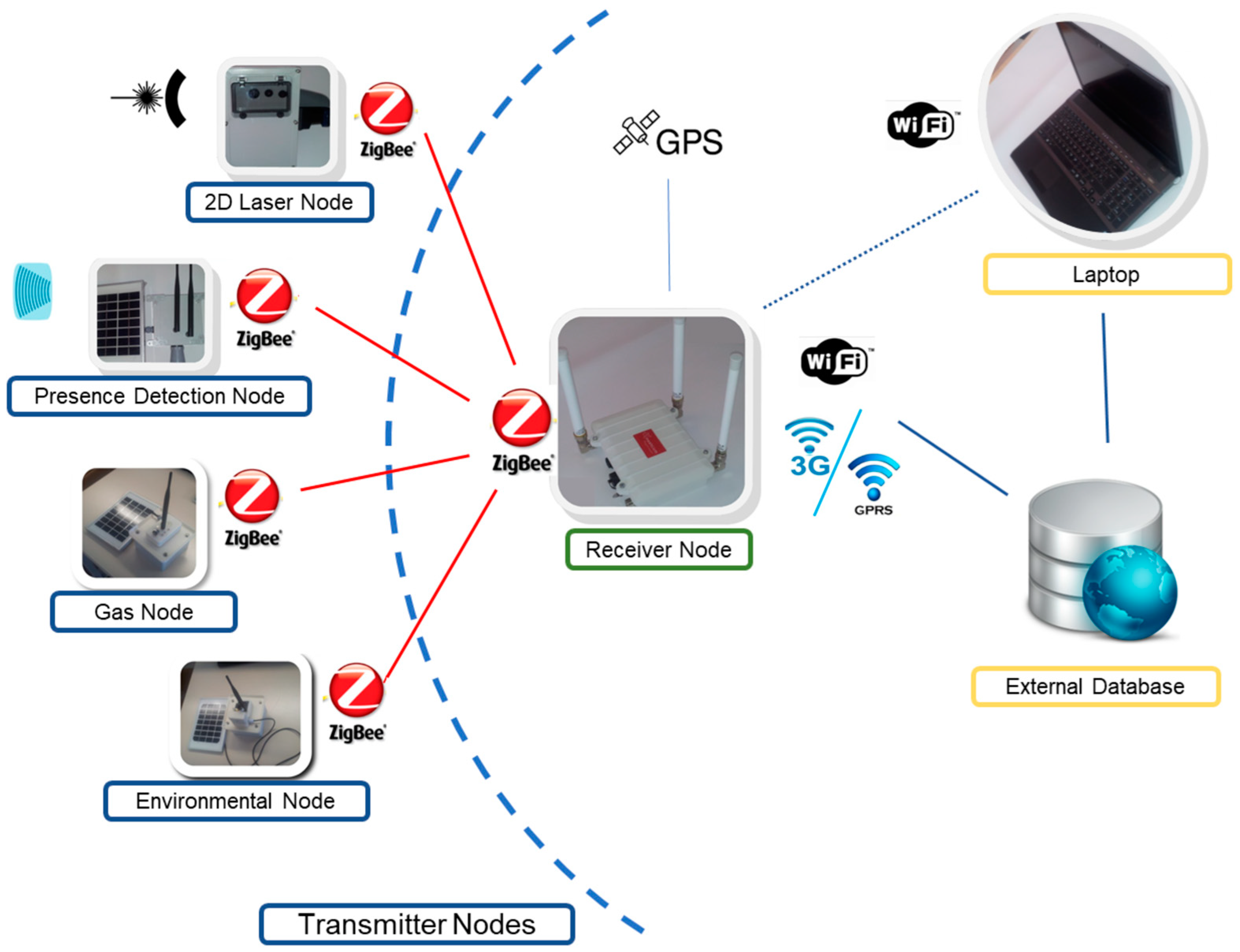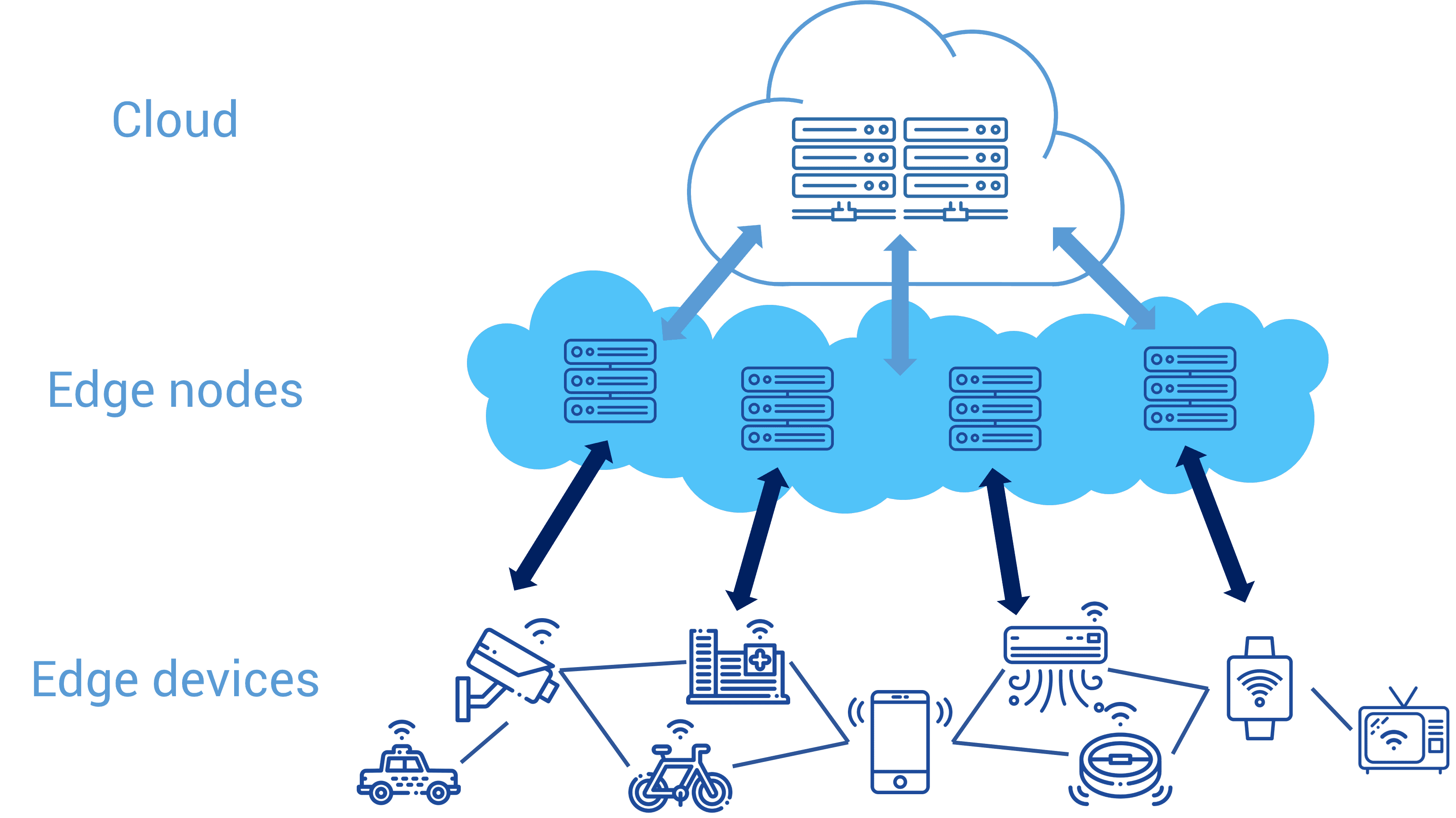WMSN In IoT Presentation
| Introduction to WMSN in IoT | ||
|---|---|---|
| Wireless Multimedia Sensor Networks (WMSNs) are a key component in the Internet of Things (IoT) ecosystem. WMSNs enable the collection and transmission of multimedia data from sensor nodes to the IoT network. WMSNs play a crucial role in various applications such as surveillance, environmental monitoring, and healthcare. | ||
| 1 | ||
| Characteristics of WMSN | ||
|---|---|---|
| WMSNs consist of resource-constrained sensor nodes capable of capturing multimedia data (e.g., images, audio, video). These sensor nodes are equipped with wireless communication capabilities for data transmission. WMSNs face challenges such as limited energy, bandwidth, and processing capabilities due to their resource constraints. | ||
| 2 | ||
| Key Components of WMSN | ||
|---|---|---|
| Sensor Nodes: These are the devices responsible for capturing multimedia data from the environment. Sink Node: Acts as the gateway between the WMSN and the IoT network, aggregating and forwarding data. Communication Infrastructure: Includes wireless protocols, network topologies, and routing mechanisms to enable data transmission. | ||
| 3 | ||
| Challenges in WMSN | ||
|---|---|---|
| Energy Efficiency: WMSNs need to optimize energy consumption to prolong the network's lifetime. Bandwidth Constraints: Multimedia data requires higher bandwidth, making efficient data compression and transmission essential. Quality of Service (QoS) Management: Ensuring reliable and timely delivery of multimedia data while meeting application-specific requirements. | ||
| 4 | ||
| Applications of WMSN in IoT | ||
|---|---|---|
| Surveillance: WMSNs enable real-time monitoring and surveillance of critical areas. Environmental Monitoring: WMSNs help in tracking air quality, temperature, humidity, and other environmental parameters. Healthcare: WMSNs facilitate remote patient monitoring, fall detection, and emergency response systems. | ||
| 5 | ||
| WMSN Protocols | ||
|---|---|---|
| IEEE 802.15.4: A low-power, low-data-rate wireless protocol commonly used in WMSNs. Zigbee: A protocol built on top of IEEE 802.15.4, providing network management and application support. 6LoWPAN: Enables IPv6 communication over low-power WMSN devices, allowing seamless integration with the IoT ecosystem. | ||
| 6 | ||
| Security in WMSN | ||
|---|---|---|
| Data Privacy: Encryption techniques are essential to protect sensitive multimedia data from unauthorized access. Authentication: Ensuring the authenticity of sensor nodes and preventing unauthorized nodes from joining the network. Secure Data Aggregation: Techniques to securely aggregate data at the sink node to preserve privacy and integrity. | ||
| 7 | ||
| Future Trends in WMSN | ||
|---|---|---|
| Edge Computing: Leveraging edge devices to perform data processing and reduce latency in WMSNs. Artificial Intelligence: Integration of AI algorithms for efficient data analysis and decision-making in WMSNs. 5G Integration: WMSNs can benefit from the high bandwidth and low latency offered by 5G networks. | ||
| 8 | ||
| Challenges and Opportunities | ||
|---|---|---|
| Standardization: Developing industry-wide standards for seamless interoperability and scalability of WMSNs. Energy Harvesting: Exploring energy-harvesting techniques to overcome the limited energy resources in WMSNs. Real-time Analytics: Enhancing the capability of WMSNs to process data in real-time for improved decision-making. | ||
| 9 | ||
| Conclusion | ||
|---|---|---|
| WMSNs are vital for enabling the collection and transmission of multimedia data in the IoT ecosystem. Overcoming challenges in energy efficiency, bandwidth constraints, and QoS management will unlock the full potential of WMSNs. Continued research and development in WMSN technologies will pave the way for innovative IoT applications. | ||
| 10 | ||
| References (download PPTX file for details) | ||
|---|---|---|
| Li, H., Li, X., & Shen, X. (2015). Wireless S... Awan, M. A., & Shami, A. (2014). Multimedia S... Khan, T., & Javaid, N. (2017). Secure Data Ag... |  | |
| 11 | ||









